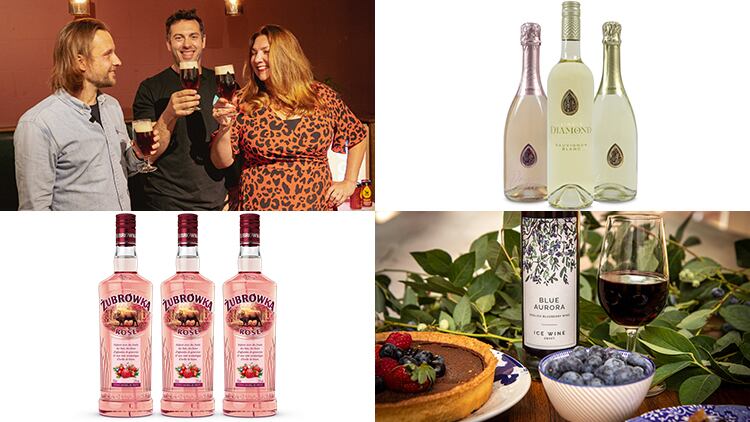The business analysed more than 3,000 sites across the industry, with data collected from just under 22,000 stocktakes, to discover how yield analysis can save pub operators up to £10,000 in annual lost profits.
The report advises on how sectional yield analysis can expose underperforming product categories that, if addressed, can generate lucrative levels of profit to the till.
It explains how product yield percentages can be used by pub operators to quickly and accurately compare sales performance across multiple sites and against competitors. However, more importantly, yield percentages tell businesses how product consumption levels actually perform against achievable sales.
3% higher yield for average wet-led pub
The findings within the report show significant yield margin differences between sectors in the industry, with wet-led pubs returning, on average, 3% higher yields on drink products than food-led operations.
Regional differences are also identified, with Scottish and London-based operators tending to achieve far lower yields than those in the north and south-west. These variations in yield may be due to cultural differences in the running of an operation. Furthermore, annual profit losses can be almost £10,000 higher per site for the worst-performing postcodes.
When further analysing the pub sector results, the poorest performing category is packaged beers and ciders at 97.6%. The current industry expectation for this category, including both draught and packaged products stands at 99.5%, so the sector is currently losing 2% average of yield on this category alone.
The report concludes wastage should be much lower for this category and especially against draught beer, which is affected by several extra variables. Interestingly, pubs achieve the highest average yield for wine at 98.84%, compared to all hospitality segment averages.
Additionally, the report identifies several key factors affecting drink yields within the pub sector as follows:
Over-pouring: Curtailing generous servings is highly recommended as this practice can tremendously impact yield and profits. A good example is given by way of a mixologist showcasing their cocktail skills, but in the process of pouring spirits into the jigger, allows it to overflow into the glass, thereby defeating the point of using the jigger. Pub operators that train teams to follow recommended guidelines on volumes per glass will naturally reap the benefits.
Topping up: In most pub operations, postmix is the product that generates the highest margins. The practice of topping up, for example, with a spirit and mixer that does not fill the glass, can have dramatic impacts on achieved margin and yield. If a postmix system dispenses set volumes, it is recommended that staff do not top up without charging. This practice was found to be the most common failing, even in the best-run pubs.
Oversized glasses: Perception of volume is another factor that can impact yield and oversized beer and wine glasses can often be the main perpetrators. Teams have been found to top up drinks to avoid appearing as though they are serving meagre portions while some customers have been found to be displeased with a large glass that appears not to be full and requested top-ups.
Equipment: Regular maintenance and checking of equipment can sometimes be neglected in busy pub venues. Some equipment is key to product yield. Leaking taps or dispensers are the perfect example for stock being unnecessarily wasted. A dripping tap may seem quite harmless, but over the space of a week, several pints will have disappeared down the drain.
Promotional sales: Using promotional sales to sell more stock is a common practice in the trade. It is, therefore, acceptable to knowingly lower the yield of a product as long as there is a return in sales volume. For example, a drink may cost £2, however, a promotion may offer the second drink for half price. The product yield in such an instance would be 75%. An astute pub operator will compare the impact on yield against the increase in profit expected from the volume in sales. The key is to ensure enough revenue has been generated from the sale of the first drink, so the sale of the second does not negatively impact profits.
Venners managing director Scott Hulme said: “If nothing is wasted or given away, it should be possible to achieve a 100% yield on products. While many pub operators have good levels of sales, if they are haemorrhaging stock through poor controls then their operation is destined to fail. Understanding the nuances in product yield variances is one simple way for licensees to maintain a more stable bottom line. Irrespective of revenue, suppliers, cost or selling prices, yield cuts across all data to give licensees a perfect benchmark figure, which is why yield translates across companies – whether a local community tenancy or mega pub company.”
To download the full Yield Report free of charge and to find out how the correct yield analysis can save your pub up to £10,000 in annual lost profits click visit https://www.venners.com/yield-analysis.




